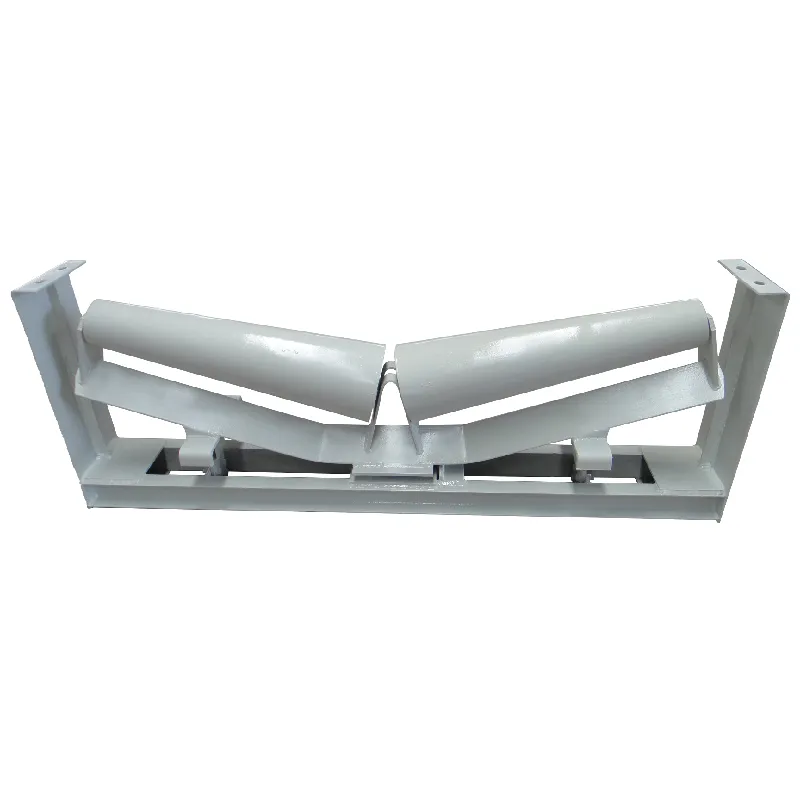 Afrikaans
Afrikaans  Albanian
Albanian  Amharic
Amharic  Arabic
Arabic  Armenian
Armenian  Azerbaijani
Azerbaijani  Basque
Basque  Belarusian
Belarusian  Bengali
Bengali  Bosnian
Bosnian  Bulgarian
Bulgarian  Catalan
Catalan  Cebuano
Cebuano  Corsican
Corsican  Croatian
Croatian  Czech
Czech  Danish
Danish  Dutch
Dutch  English
English  Esperanto
Esperanto  Estonian
Estonian  Finnish
Finnish  French
French  Frisian
Frisian  Galician
Galician  Georgian
Georgian  German
German  Greek
Greek  Gujarati
Gujarati  Haitian Creole
Haitian Creole  hausa
hausa  hawaiian
hawaiian  Hebrew
Hebrew  Hindi
Hindi  Miao
Miao  Hungarian
Hungarian  Icelandic
Icelandic  igbo
igbo  Indonesian
Indonesian  irish
irish  Italian
Italian  Japanese
Japanese  Javanese
Javanese  Kannada
Kannada  kazakh
kazakh  Khmer
Khmer  Rwandese
Rwandese  Korean
Korean  Kurdish
Kurdish  Kyrgyz
Kyrgyz  Lao
Lao  Latin
Latin  Latvian
Latvian  Lithuanian
Lithuanian  Luxembourgish
Luxembourgish  Macedonian
Macedonian  Malgashi
Malgashi  Malay
Malay  Malayalam
Malayalam  Maltese
Maltese  Maori
Maori  Marathi
Marathi  Mongolian
Mongolian  Myanmar
Myanmar  Nepali
Nepali  Norwegian
Norwegian  Norwegian
Norwegian  Occitan
Occitan  Pashto
Pashto  Persian
Persian  Polish
Polish  Portuguese
Portuguese  Punjabi
Punjabi  Romanian
Romanian  Russian
Russian  Samoan
Samoan  Scottish Gaelic
Scottish Gaelic  Serbian
Serbian  Sesotho
Sesotho  Shona
Shona  Sindhi
Sindhi  Sinhala
Sinhala  Slovak
Slovak  Slovenian
Slovenian  Somali
Somali  Spanish
Spanish  Sundanese
Sundanese  Swahili
Swahili  Swedish
Swedish  Tagalog
Tagalog  Tajik
Tajik  Tamil
Tamil  Tatar
Tatar  Telugu
Telugu  Thai
Thai  Turkish
Turkish  Turkmen
Turkmen  Ukrainian
Ukrainian  Urdu
Urdu  Uighur
Uighur  Uzbek
Uzbek  Vietnamese
Vietnamese  Welsh
Welsh  Bantu
Bantu  Yiddish
Yiddish  Yoruba
Yoruba  Zulu
Zulu Understanding the Function and Importance of Belt Conveyor Return Rollers
Understanding Belt Conveyor Return Rollers Functionality and Importance
Belt conveyor systems are integral components of modern material handling, used across various industries including mining, agriculture, and manufacturing. One of the key components of these systems is the return roller, which plays a crucial role in ensuring the efficient operation of the conveyor belt. In this article, we will delve into the functionality, types, maintenance, and benefits of return rollers, highlighting their importance in belt conveyor systems.
What are Return Rollers?
Return rollers, also known as return idlers, are designed to support the return segment of the conveyor belt. Positioned beneath the belt, they help guide and stabilize the belt as it returns to the loading point after transporting materials. These rollers are vital to maintaining the correct belt alignment and minimizing wear and tear on the belt itself. Properly functioning return rollers can significantly enhance the lifespan of the conveyor system.
Functionality of Return Rollers
The primary function of return rollers is to provide support to the lower part of the conveyor belt. As the loaded belt travels from the loading area to the discharge point, it lifted by the carrying rollers. However, the return part of the belt travels back to the loading point, and that’s where return rollers come into play. They effectively carry the weight of the empty belt, ensuring it remains in line and preventing sagging, which could lead to material spillage and increased wear.
Return rollers also contribute to the overall performance of the conveyor system. Without these rollers, friction between the belt and the support structure could increase, leading to energy losses. Return rollers help to minimize this friction, making the belt return smoother and more energy-efficient. Additionally, they can be designed with various features to address different operational challenges, such as self-cleaning options, which prevent material buildup on the rollers.
Types of Return Rollers
Return rollers come in various types, each designed for specific applications and conditions. Some of the most common types include
1. Flat Return Rollers These are the simplest type, providing basic support for the conveyor belt. They are commonly used for standard applications.
belt conveyor return roller

2. Rubber Coated Rollers These rollers are coated with rubber to provide better traction and reduce slippage, making them suitable for high-speed applications.
4. Adjustable Return Rollers These can be modified to suit various belt widths and configurations, offering versatility in different conveyor setups.
Maintenance of Return Rollers
Regular maintenance of return rollers is essential to ensure the longevity and efficiency of the conveyor system. This includes periodic inspections to check for wear and tear, misalignment, or blockage by accumulated material. Lubrication of the roller bearings is also crucial to prevent friction and overheating, which could lead to failures.
Benefits of Return Rollers
The integration of return rollers in belt conveyor systems offers several benefits
- Enhanced Belt Life By reducing friction and supporting the belt correctly, return rollers help to extend the life of the conveyor belt. - Improved Efficiency Reduced energy consumption and smoother operation lead to increased overall efficiency of the conveyor system.
- Minimized Downtime Regular maintenance and the use of high-quality return rollers can decrease the likelihood of unexpected breakdowns, contributing to less downtime in production.
In conclusion, return rollers are a vital component of belt conveyor systems. Their role in stabilizing and supporting the returning belt significantly impacts the efficiency and longevity of the overall system. By understanding their functionality and maintaining them effectively, industries can optimize their material handling processes and enhance productivity.
-
Revolutionizing Conveyor Reliability with Advanced Rubber Lagging PulleysNewsJul.22,2025
-
Powering Precision and Durability with Expert Manufacturers of Conveyor ComponentsNewsJul.22,2025
-
Optimizing Conveyor Systems with Advanced Conveyor AccessoriesNewsJul.22,2025
-
Maximize Conveyor Efficiency with Quality Conveyor Idler PulleysNewsJul.22,2025
-
Future-Proof Your Conveyor System with High-Performance Polyurethane RollerNewsJul.22,2025
-
Driving Efficiency Forward with Quality Idlers and RollersNewsJul.22,2025





























